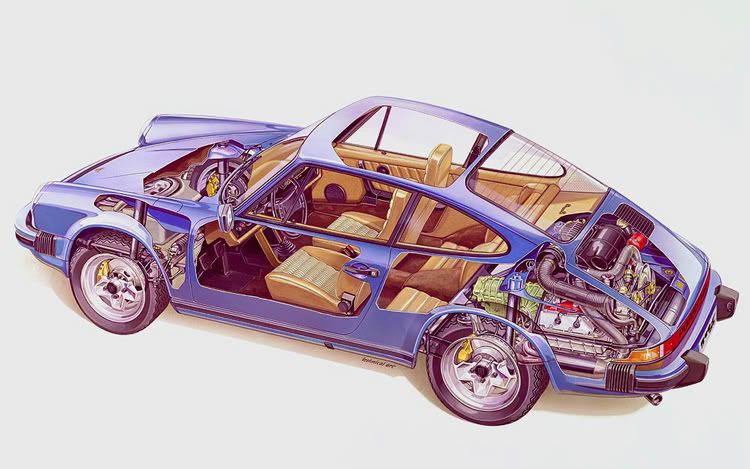- Login or Register
No account yet? Sign up

I see, thanks for the explanation. Is this same principle ustilised when designing slotted brake discs? where you are just putting more leading eadges on the disc rather than the pads.scarbs wrote:A brake pad works most effectively at its leading edge, the more leading edges on a disc, the more retardation, hence the double calipers (two pairs of leadign edges). But this adds weight and reduces open surface area for cooling.
In the nineties teams used single calipers with multiple pistons (up to 6) each with their own pair of pads (i.e. three pairs). This was also when stiffer materials and mountings were being used for the caliper. The FIA banned the stiff materials, multiple mountings and seperate pads.
Thus teams are now limited to just six pistons, two pads and two mounting points, a side effect of this was it effectively banned multiple calipers.
AFAIK Grooved discs are more above cooling and keeping the pads clean than for the extra bite they create.I see, thanks for the explanation. Is this same principle utilised when designing slotted brake discs? where you are just putting more leading edges on the disc rather than the pads.
The gain of adding extra pistons would offset the with the reduction in disc size, the net result would be the same braking performance as now. Currently the short braking distances is as much a function of the car’s downforce and tyre grip than the brakes effectiveness. Only a reduction in all three would increase braking distances.Could adding more pistons, say 2 per disc on the front be the answer to the overtaking problem at the current moment. We have to try and encourage courageous overtaking and i think that could be the way.
But with that I’d like to see the front discs made about 10% smaller.
Slightly smaller discs with more pistons may mean that braking distances decrease. But that with the smaller front tyres were gonna get for the 2010 season, could be a nice recipe.
Would creating a break/slot in the pad material act as a semi-leading edge. I'm sure it would not be as good as the true leading edge, but playing with the spacing and back plate thickness could this provide more pad bite? Many OEM manufactures do this. For example: [img]http://www.global-b2b-network.com/direc ... ke_Pad.jpgscarbs wrote:A brake pad works most effectively at its leading edge, the more leading edges on a disc, the more retardation, hence the double calipers (two pairs of leadign edges). But this adds weight and reduces open surface area for cooling.
In the nineties teams used single calipers with multiple pistons (up to 6) each with their own pair of pads (i.e. three pairs). This was also when stiffer materials and mountings were being used for the caliper. The FIA banned the stiff materials, multiple mountings and seperate pads.
Thus teams are now limited to just six pistons, two pads and two mounting points, a side effect of this was it effectively banned multiple calipers.